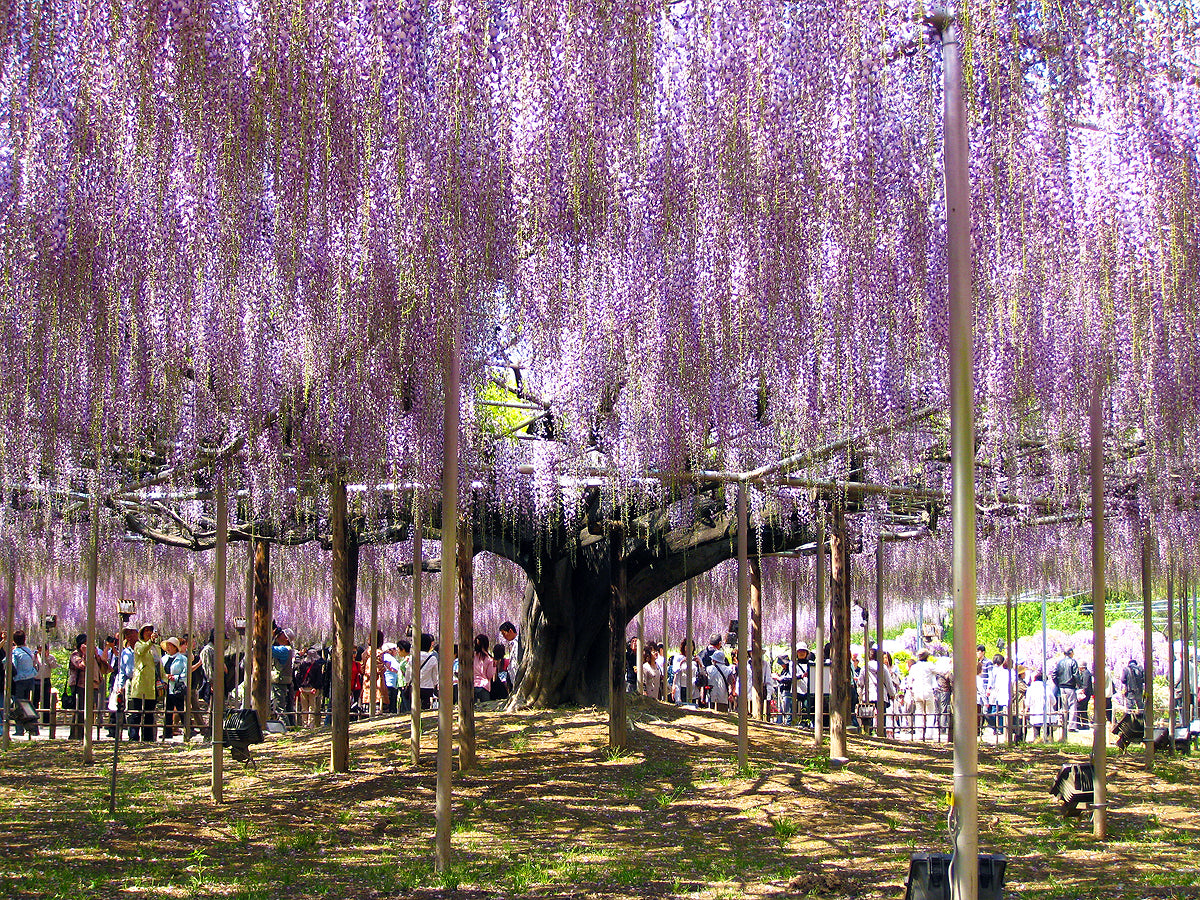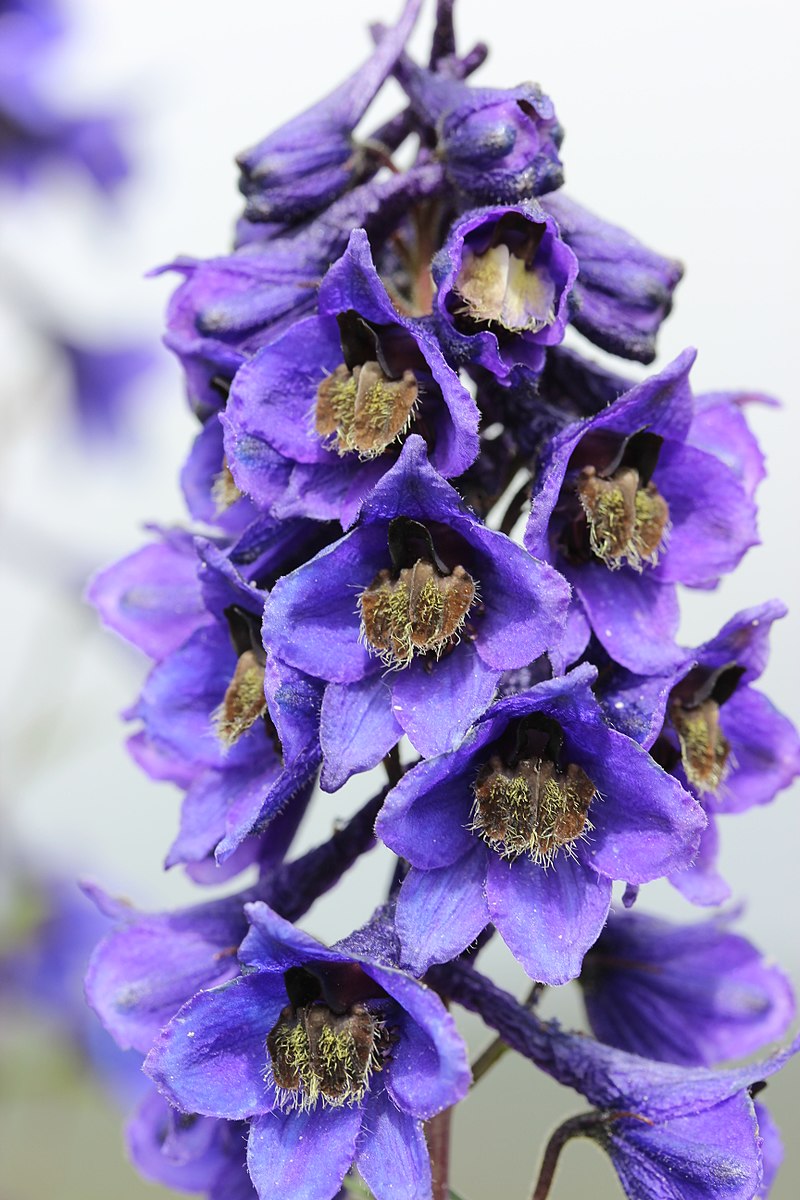
Wild Poisonous Plants Of The Week 15 - Japanese Wisteria
Botanical name: Wisteria floribunda
Common names: Japanese Wisteria, Wisteria

Physical Appearance: Japanese Wisteria can grow up to 10 metres in length. It is a climbing vine that uses clockwise turning stems to gain purchase on other support structures such as other plants and trees or building etc. Its leaves are pinnate and usually dark green with a shiny appearance. The leaves can range from 10-30cm in length. The plant produces long “runner-bean” like seed pods which remain on the plant till well into Autumn. The Wisteria’s flowers are the desirable factor behind the plant’s popularity, which peaked in the 19th century. The flower racemes can grow up to a spectacular half metre in length with vivid purple, white, pink and blue bloom. The flowers have a pleasant, grape-like scent.

Natural habitat: Japanese Wisteria grown best in damp but relatively well drained, medium rich soils. It can tolerate full sunshine but is best suited to dappled light. As stated above, Wisteria will generally be found growing amongst or indeed on, other plants and trees.

Point of interest: Japanese Wisteria’s stems turn and climb clockwise whilst the Chinese Wisteria’s stems turn and climb in a counter-clockwise direction. This helps with distinguishing between the two types.

Toxicity: The Wisteria’s seed pods are fairly toxic. There have been several reported cases of ingestion by humans. Reactions to amounts as little as 1 half of a seed include severe stomach cramps, profuse sweating, dizziness, drowsiness, vomiting and diarrhoea. In humans, Wisteria poisoning is unlikely to be fatal. However, the plant is particularly harmful to cats, dogs and ruminants.
Images courtesy of
Raul654, Hiroaki Kaneko, Roger Culos (https://web.archive.org/web/20161024021026/http://www.panoramio.com/photo/51318468) and Mark Brand
Wikipedia Creative Commons Attribution


